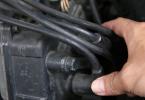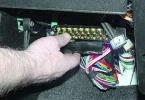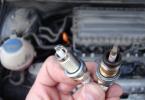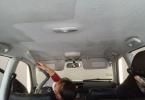Sometimes a car is the only place where you can hide at least for a few minutes from the noise of the outside world. True, poor soundproofing of car doors can disrupt the atmosphere inside your "iron horse", so it does not hurt to take care of it in advance!
Proper soundproofing of car doors - what's the secret?
It is the doors in the car that are the weak point through which the noise most of all penetrates into the cabin. You can ignore this if frequent use of the car is not your habit, otherwise extraneous sounds will annoy and interfere. is able to reduce the noise level at times, and you can do everything with your own hands.
The most difficult thing is not even to disassemble the door and remove the outer skin, but to assemble it after installing the soundproofing materials back.
Therefore, it is better to accompany all your actions with detailed records. You can also schematically sketch the location of the screws on the Whatman paper and attach each unscrewed fastener to the paper with tape. Thus, none will be lost or forgotten. It is better not to disassemble the mechanisms of the power window and the opening and closing of the door, since it is quite difficult to assemble them back, and they will not interfere with sound insulation. The second step is to remove the factory soundproofing materials from the door wall. The surface after dismantling must be free of grease and clean.

Soundproofing car doors - materials
- a separate topic, which is devoted to the article on our website, but now we focus on the doors. The first layer of vibration isolation, which is part of the noise reduction process, covers the outer side, which is closer to the road. Most often, vibroplast is used for this procedure. Try to cover as much area as possible, penetrating all technical openings, but be sure to leave ventilation and drain holes.
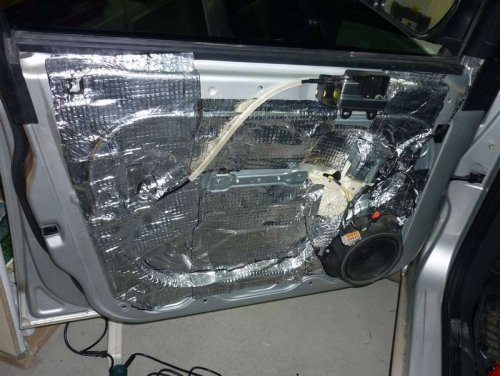
The choice of soundproofing material is far from the easiest moment. Most opt for isolon or foamed polyethylene foam. The latter, by the way, is also an excellent heat insulator that does not absorb moisture and is very durable. In advance, you can prepare several pieces of material with dimensions of 15 * 20 cm and attach them to the walls through the technological holes. When gluing, it is important to smooth them as best as possible so that there are no voids left.
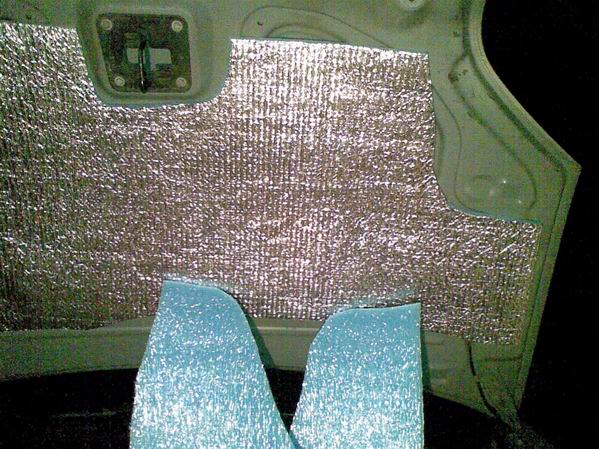
Start from the center of the glued area. The fewer pieces you get, the higher the quality of work will be. If you can not do without several pieces, then you need to stick them as tightly as possible to each other. A noise absorber is also glued under the speakers. For this, bitoplast is specially used, however, it is not recommended to paste over a large surface with it, since it accumulates moisture and leads to corrosion. If the sound quality is not particularly important to you, then it is better to paste over the doors spleen, although it muffles the speakers, it does not let in noise from the street.
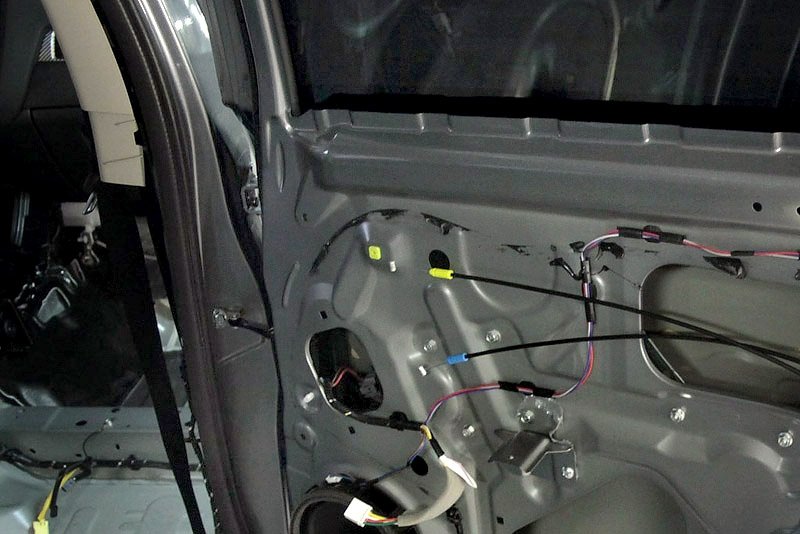
Competent completion of work
The stage of vibration isolation includes the return of all panels to their place. The edges of each part should be treated with the so-called Antiskripom or Madeleine that will eliminate knocks and squeaks. We consistently return the parts to their place, having previously sealed the technological holes with vibroplast. Pay attention to all the mechanisms - do the anti-vibration materials interfere with the lifts and locks?
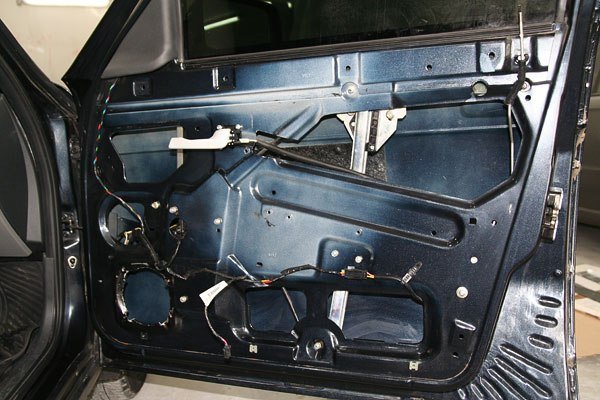
Try to find a middle ground between the amount of vibroplast and the need - the material is quite heavy and increases the load on the door hinges. However, a lightly weighted door closes easier and with less noise, which in turn prolongs the life of door locks. After carrying out complex work on noise reduction of the interior and doors, as well as, you will get a really excellent result.
